Gian Galeazzo Visconti, hereditary lord and first Duke of Milan, commissioned the building of the Certosa to the architect Marco Solari, inaugurating the works and laying the foundation stone on August 27, 1396, as recorded by a bas-relief on the facade.
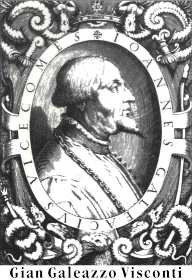
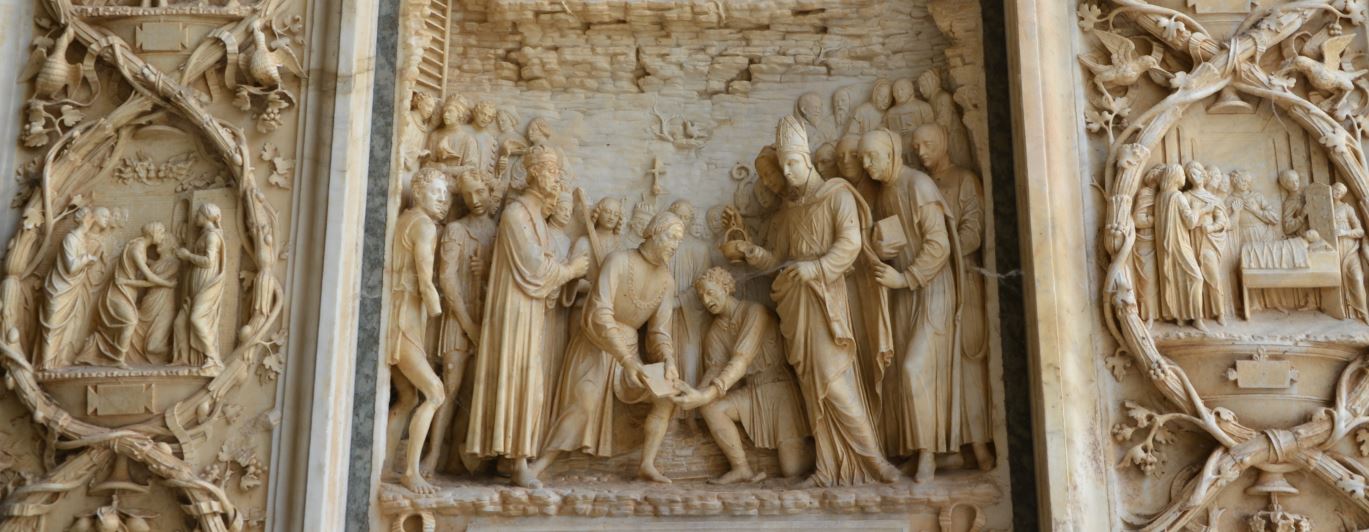
CATHEDRAL ENTRANCE – BAS-RELIEF FOUNDATION STONE LAYING
The location was strategically chosen midway between Milan and Pavia, the second city of the Duchy, where the Duke held his court.
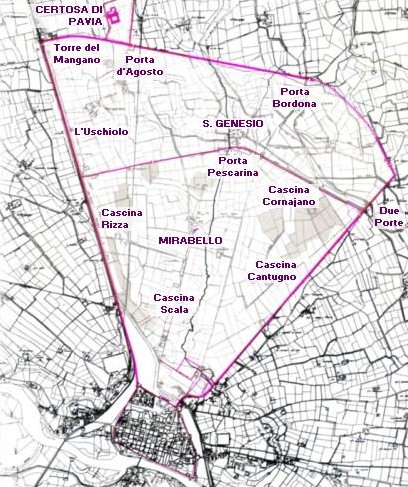
VISCONTI ANCIENT HUNTING GROUND PARK
The church, last edifice of the complex to be built, was to be the family mausoleum of the Visconti. It was designed as a grand structure with a nave and two aisles, a type unusual for the Carthusian Order. The nave, in the Gothic style, was completed in 1465. However, since the foundation, the Renaissance had spread in Italy, and the rest of the edifice was built according to the new style, redesigned by Giovanni Solari, continued by his son Guiniforte Solari, and including some new cloisters. Solari was followed as director of the works by Giovanni Antonio Amadeo, (1481-1499). The church was consecrated on May 3, 1497. The lower part of the façade was not completed until 1507.
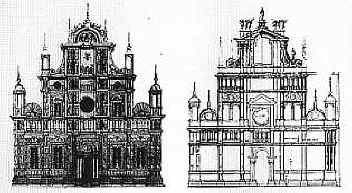
The construction contract obliged the monks to use part of the revenue of the lands held in benefice to the monastery to continue to improve the edifice. Consequently, the Certosa includes a huge collection of artworks of all centuries from the 15th to the 18th. In 1782, the Carthusians were expelled by the Emperor Joseph II of Austria, and were succeeded at the Certosa by the Cistercians in 1784 and then by the Carmelites in 1789. In 1810 the monastery was closed until the Carthusians reacquired it in 1843. In 1866 it was declared a National Monument and sequestrated by the Italian State, although some Benedictines resided there until 1880. The monks currently living in the monastery are Cistercians admitted to it in the 1960s.
In August 1946 the illegally exhumed body of Benito Mussolini was discovered in the complex. Two Franciscan friars were charged with assisting in the concealment of the body.
The church is built on a Latin cross plan, with a nave, two aisles and transept, typical of Gothic architecture. The chancel terminates with an apse. It is covered by crossed vaults on Gothic arches and is inspired, on a reduced scale, by the Duomo of Milan. The vaults are alternatively decorated with geometrical shapes and starry skies. The transept and the main chapel end with square-plan chapels with smaller, semi-circular apses on three sides.
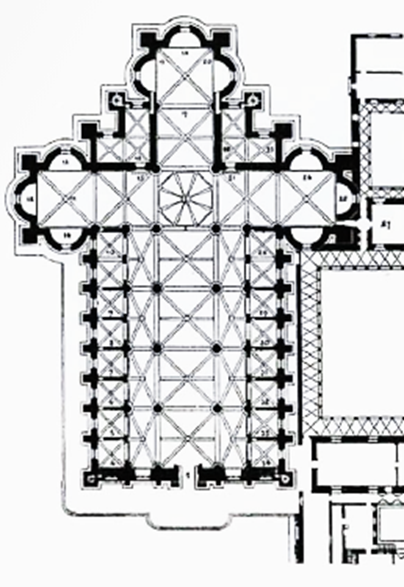
Certosa di Pavia Plan
The façade of the church is famous for its exuberant decorations, typical of Lombard architecture, every part being decorated with reliefs, inlaid marble and statues. Sculptors who worked on it include Cristoforo Mantegazza and Giovanni Antonio Amadeo himself. In addition to applied sculpture, the facade itself has a rich sculptural quality because of the contrast between richly textured surfaces, projecting buttresses, horizontal courses and arched openings, some of which are shadowed, while those in the small belfries are open to the sky.
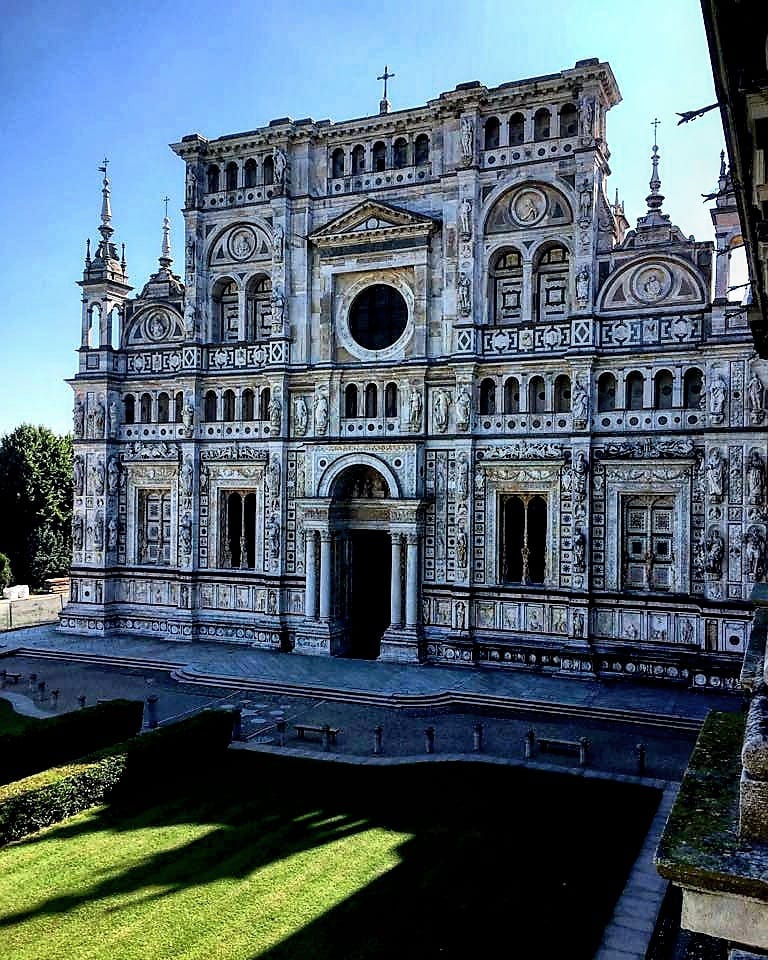
Certosa di Pavia façade
The sober form of the roughly finished brick front can be seen in a fresco by Ambrogio Bergognone in the apse of the right transept, painted in 1492-1495, when work was commencing on the new facade, portraying Gian Galeazzo Visconti offering the model of the Certosa to the Blessed Virgin.
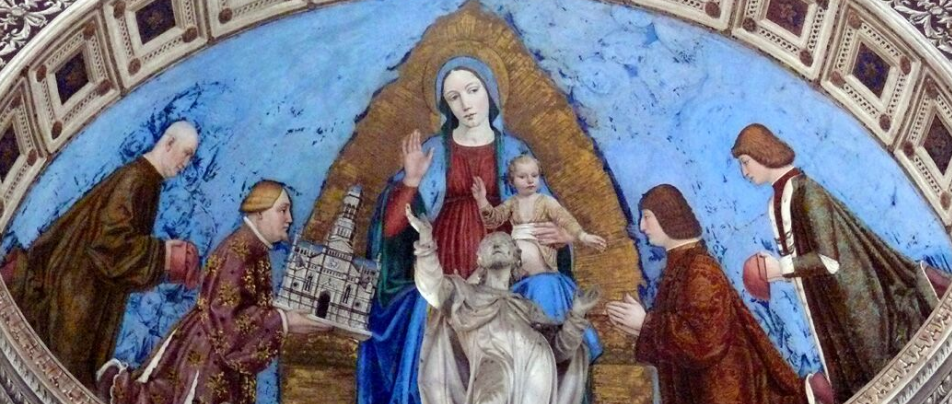
Its profile, with roofs on three levels, has been compared to the churches of San Giovanni in Monza and San Petronio in Bologna; among the architects in close correspondence at all three projects, Borlini ascribes the form of the original facade at the Certosa to Giacomo da Campione, who was working at Pavia while his uncle Matteo was completing San Giovanni in Monza.


Credit Franco Noviello Youtube channel




